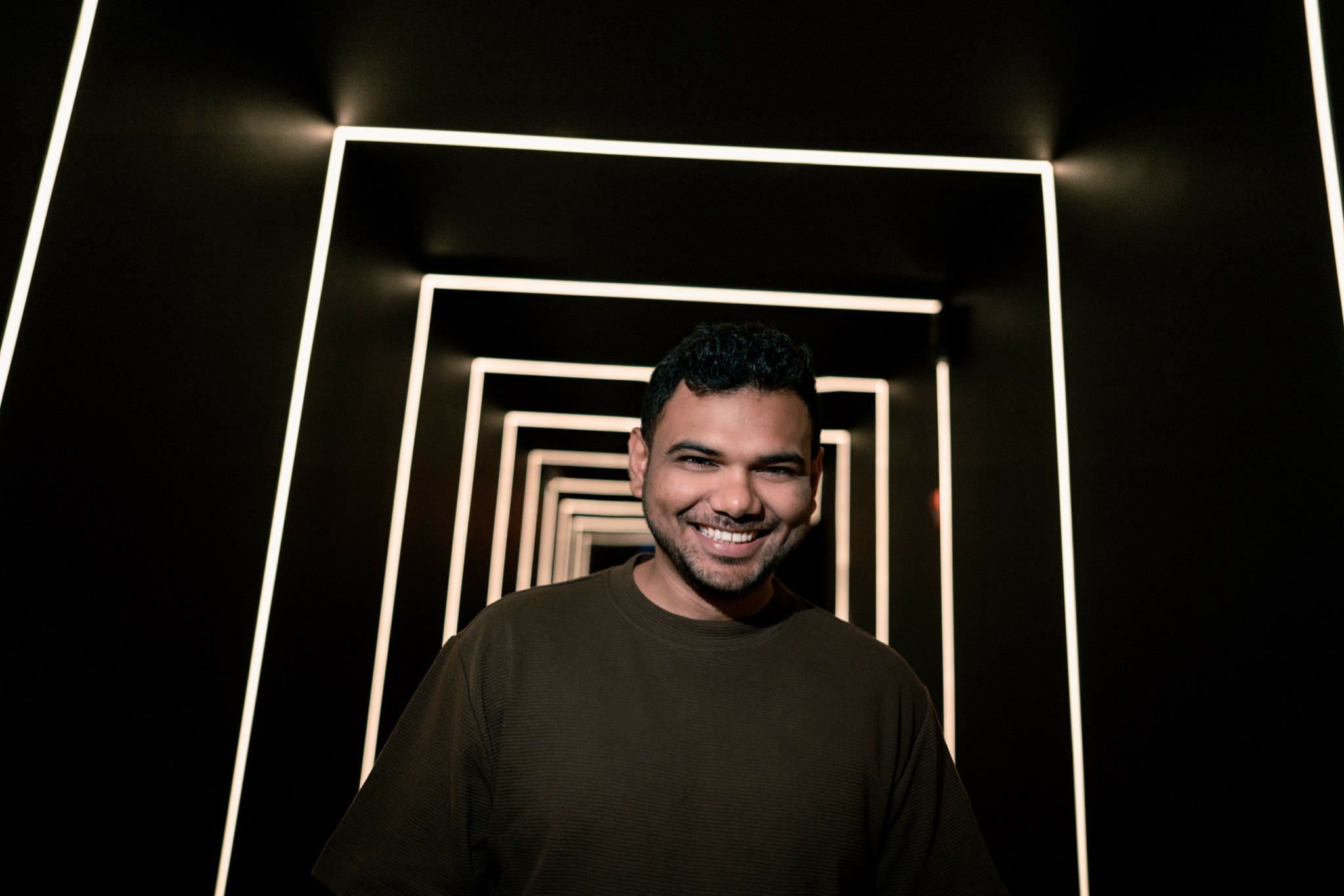We recently connected with Ajinkya Hukerikar and have shared our conversation below.
Ajinkya, thanks for taking the time to share your stories with us today When did you first know you wanted to pursue a creative/artistic path professionally?
At the end of 4th grade, I was deep into what I considered a very productive summer routine: mastering video games and conducting advanced research into cartoon physics. My mom, however, had different ideas about what constituted “productivity.” “You’re doing photography classes,” she announced one day, clearly unimpressed with my dedication to Nintendo. At first, I rolled my eyes at aperture and shutter speed lessons. Something clicked, though, when I started understanding how these numbers could change what a picture looked like and make images tell different stories. Little did I know this annoying parental decree would completely reshape my life. The school’s AV department noticed my growing enthusiasm and invited me to join their broadcasting team. Walking into that AV room for the first time was like discovering a secret laboratory. Cameras filled every corner, cables snaked across the floor, and the organized chaos of a working studio surrounded me. I was instantly, completely hooked.
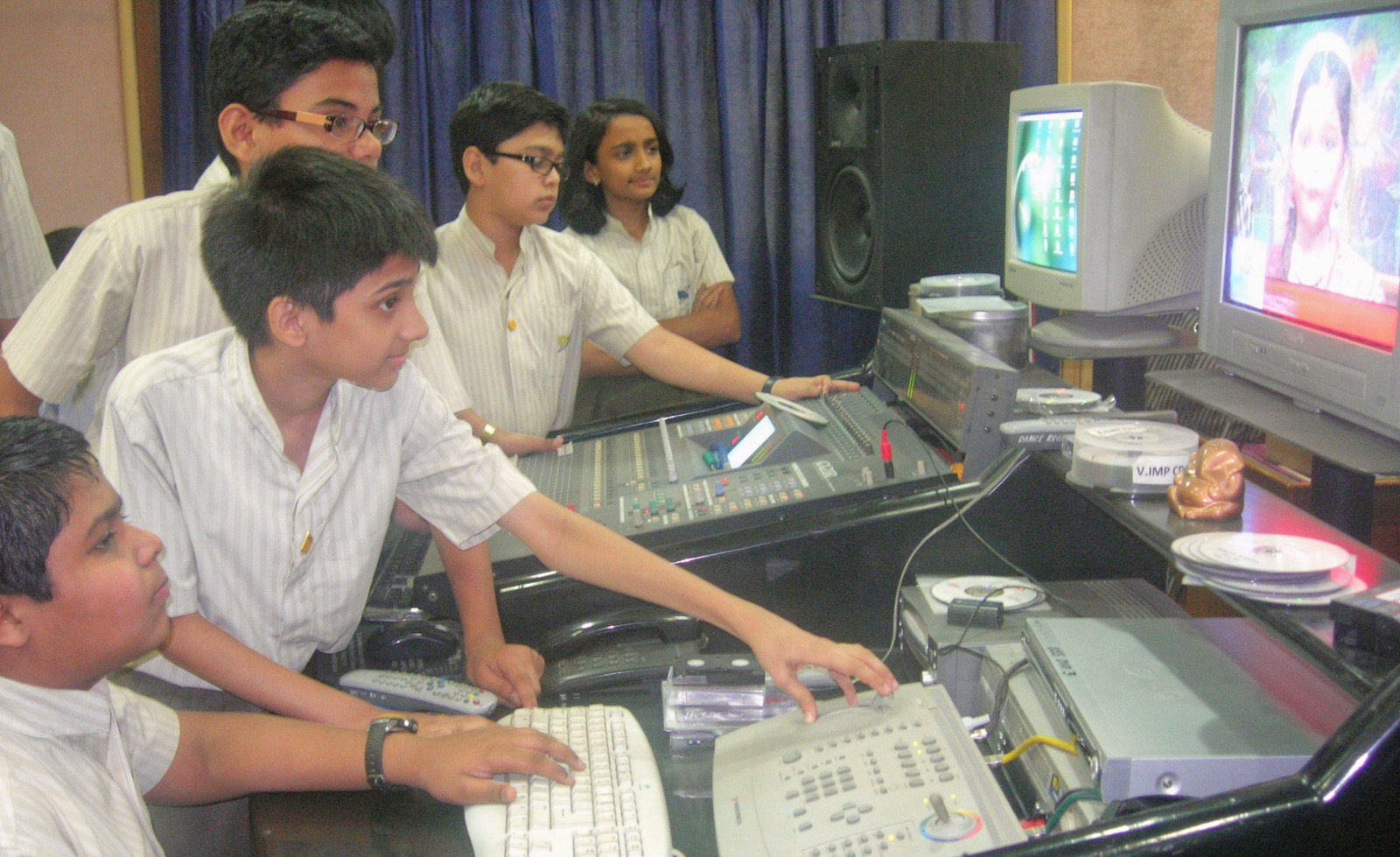
We would go live every day after recess, delivering news and sports updates to classrooms across the school. I started showing up during every free period, then staying after school, eager to learn everything I could. I worked the cameras, figured out the lighting setup, and got my hands dirty with audio mixing and video editing. Teachers began asking me to create graphics and animations for their presentations. Before I knew it, I had become the unofficial poster boy of the AV room. Eventually, I started spending more time in the AV room than in my regular classes. I just knew that when I was in that room, everything felt right. By 9th grade, all that hands-on experience had given me something dangerous: confidence. I had written a script about bullying and felt compelled to bring it to life. I walked into our principal’s office and pitched the movie to her. I had no PowerPoint presentation, no formal proposal; just a teenager with a story and the audacity to ask for funding. She said yes. Making that film and watching it get nominated for an international festival was exhilarating. The experience taught me something simple yet profound: sometimes all you have to do is ask.
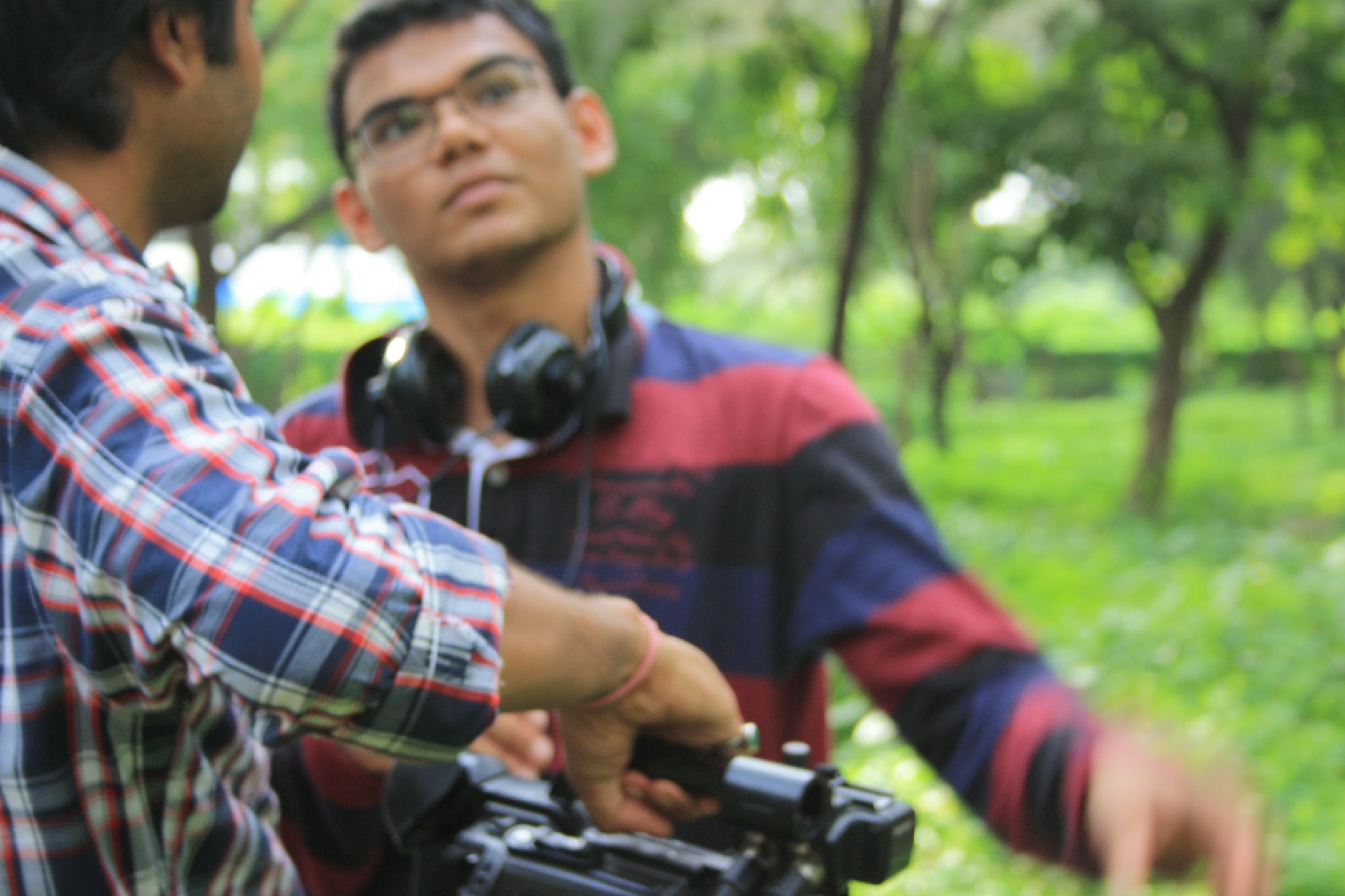
Awesome – so before we get into the rest of our questions, can you briefly introduce yourself to our readers. How did you get into your industry, what problems do you solve for your clients, and what sets you apart from others?
After graduating from school, I knew I wanted to make films, but I had zero industry connections. A friend who acted in plays invited me to watch her show, and after the performance, I found myself talking to the production team. I asked if they needed help. They weren’t officially hiring, but I started showing up to Prithvi Theatre every day anyway. Then one day, a production assistant called in sick right before a crucial setup. The production head spotted me hanging around and asked me to help move equipment to the stage. One task led to another, and by the end of that chaotic day, I wasn’t just helping. I had become part of the Ansh Theatre Group family, working with remarkable actors like Makarand Deshpande and Trishla Patel. Later, I got the chance to work as an in-house assistant for Academy Award winning director Vidhu Vinod Chopra. There, I dove deep into post-production work and film archival, organizing countless hours of footage. This meticulous work taught me to appreciate every frame and understand storytelling from a completely different angle. I learned the intricate process of how raw footage becomes a finished film.
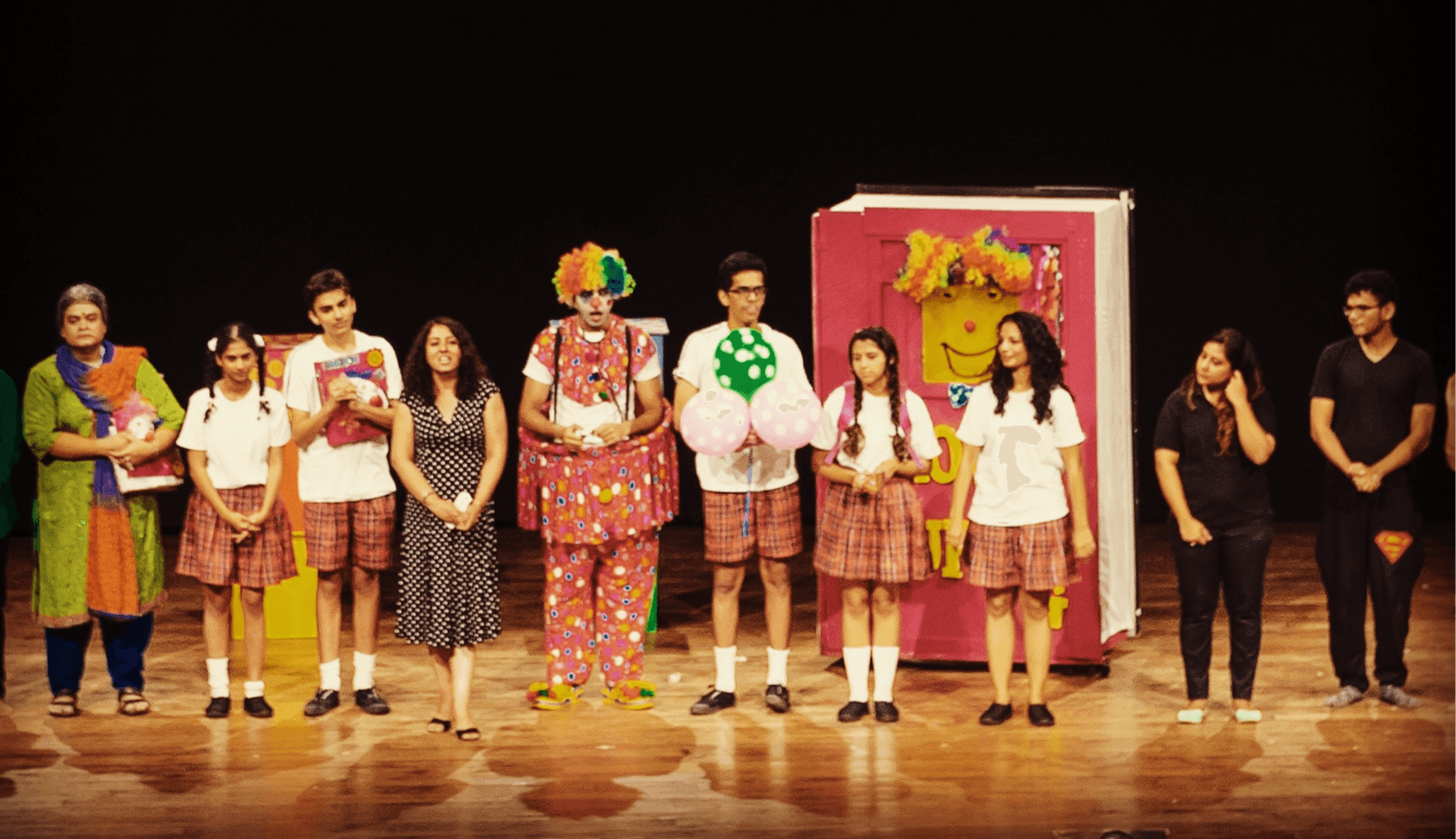
Those filmmaking experiences were incredibly formative. Around that time, I stumbled across VR and experienced ‘The Crow’ on an Oculus Quest. Everything changed. The immersion was unlike anything I’d encountered: intimate, transportive, completely captivating. Putting on that headset felt like walking into the AV room all over again, but this time the possibilities seemed infinite. This wasn’t just a cool gadget. This was cinema being completely reimagined. Everything I’d been searching for was right here. What would happen if audiences could step inside a narrative instead of just watching it? I couldn’t stop thinking about that question. Within a week, I was diving deep into every piece of information I could find about this technology.
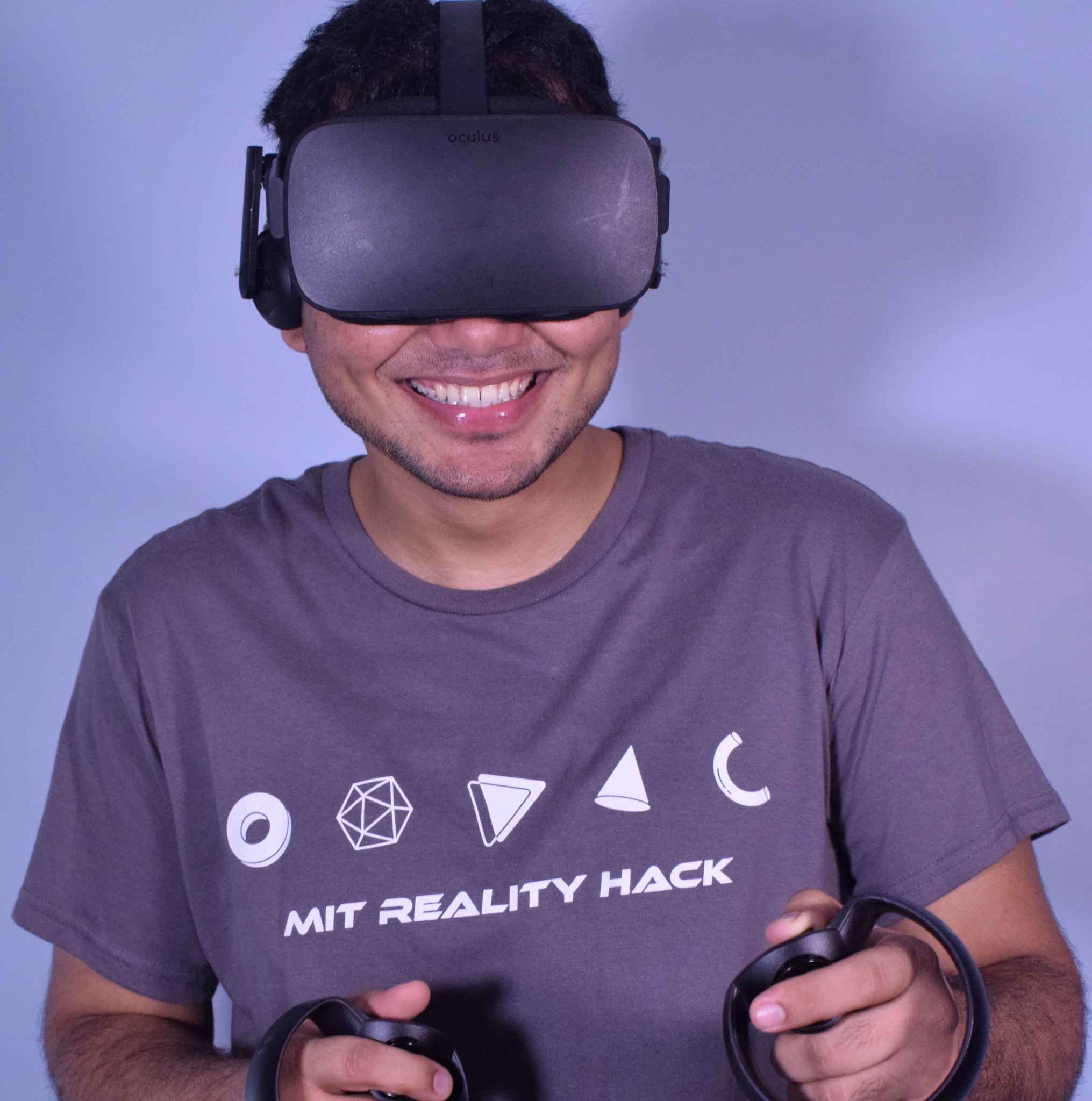
My obsession paid off in the most unexpected way when I got invited to MIT Reality Hack in 2019. Walking into that hall for the first time, surrounded by hundreds of people working on technologies I’d been reading about, was mind-blowing. Everything I’d been dreaming about was right there, real and accessible. That MIT experience convinced me to make the biggest bet of my life: I decided to come to the US to explore emerging technologies in film, visual arts, and creative media at NYU. The resources there were phenomenal. I began working under the head of technology and production, helping build motion capture and volumetric capture studios while training faculty on real-time production workflows. It was challenging, sometimes overwhelming, but absolutely energizing. For the first time, I was learning alongside people who were asking the same “what if” questions I’d been carrying around for years.
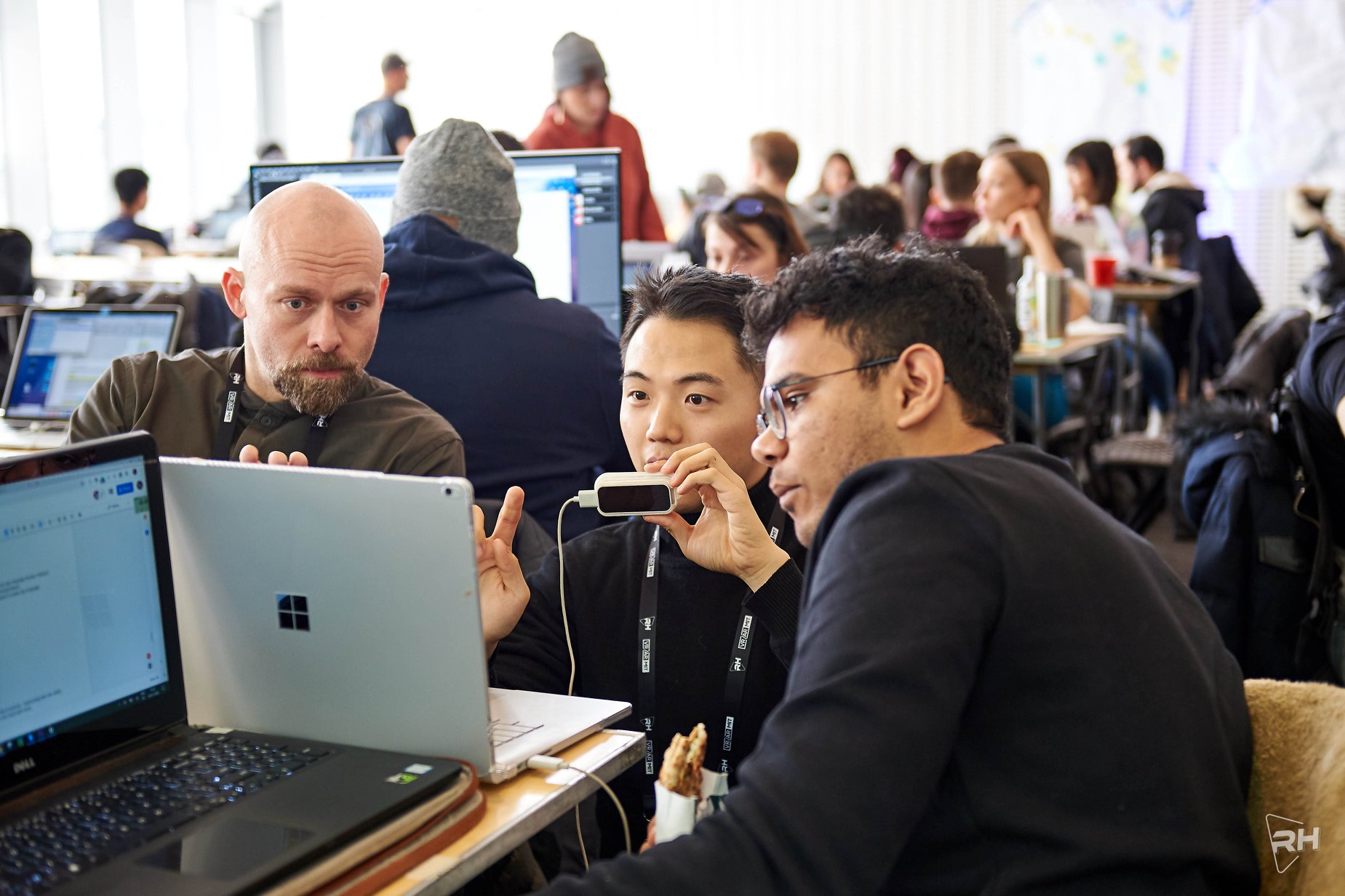
After completing my Masters from NYU, I landed my current role as a Technical Account Manager at a virtual production company. Think of how The Mandalorian put actors in front of massive LED screens showing alien landscapes. We took that concept further. Our system lets you film someone against a green screen and instantly composite them into any virtual environment in real-time. No more waiting months for post-production. The director sees the final shot while filming. Drawing on everything I’d learned at NYU, I found myself working with a small team developing our company’s breakthrough approach to real-time virtual production across North America. This approach gradually gained serious traction across the industry. We weren’t just consulting; we were building studios from the ground up, training traditional crews who’d worked the same way for decades, and helping them transition into something completely revolutionary.
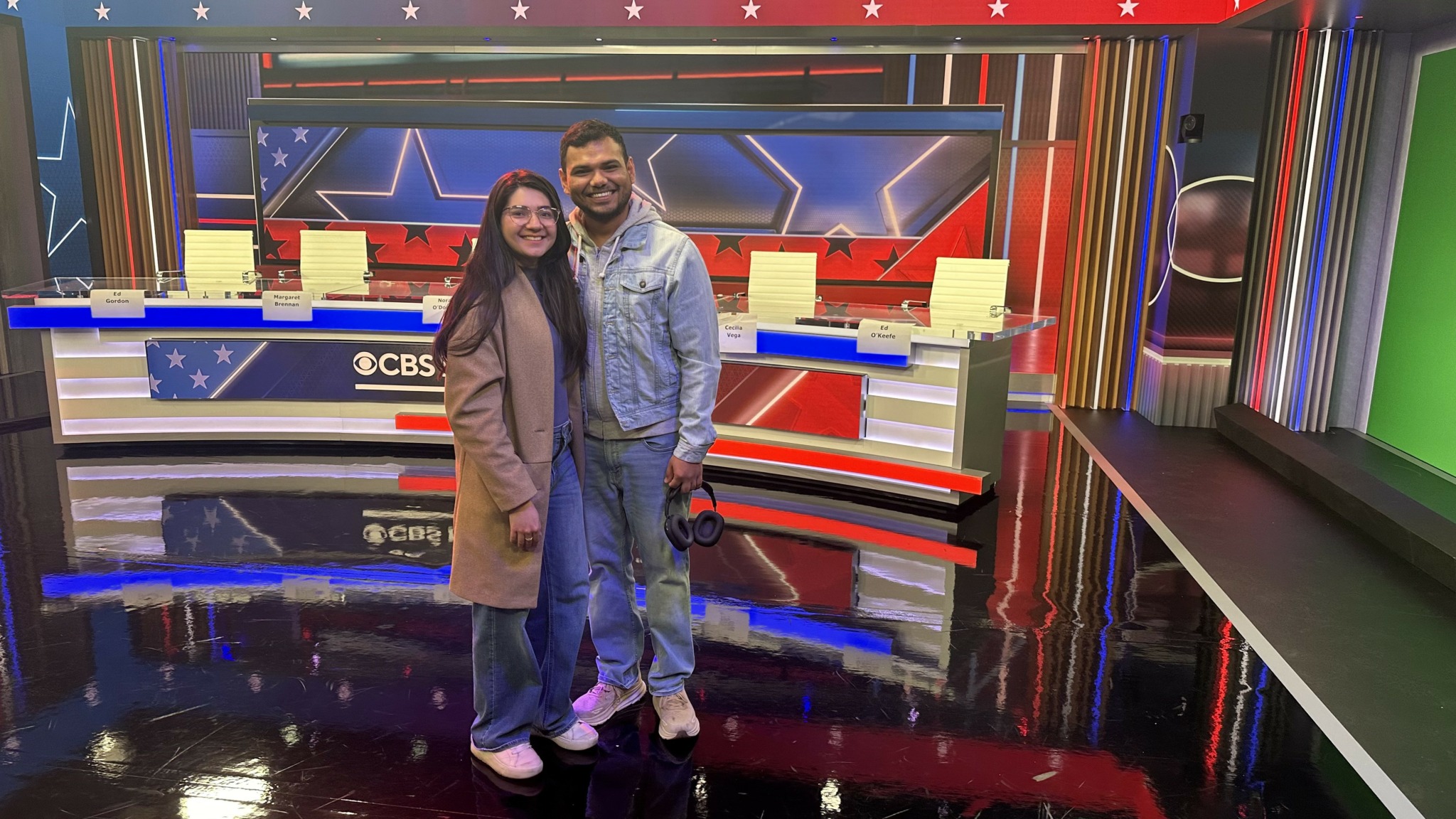
I debugged motion capture systems at 3 am and shared our latest developments with executives at 9 am, exploring how emerging tech could transform their creative workflows. One day, I’m crawling under LED walls, troubleshooting pixel mapping; the next, I’m in a glass conference room explaining why virtual production isn’t just a cost-saving measure, it’s a creative liberation. My work spans from creating virtual production pipelines and solutions for major broadcasters, film studios, and corporations to building and launching their studios, then jumping into pressure-intensive live productions where everything has to work flawlessly. Working closely with our product development team and client technical crews, I helped design and implement a system that lets a weather presenter stand in our studio and appear to be walking through a hurricane, with realistic wind effects and debris swirling around them, all happening live on air. During election coverage, we built virtual U.S. Capitol and White House environments where analysts could move through interactive polling data instead of pointing at static charts. We developed solutions that placed NFL commentators inside virtual studios with real-time stats materializing around them, and created Augmented Reality solutions for fashion reviewers to examine celebrity outfits as interactive cutouts at the Met Gala.
What do you think is the goal or mission that drives your creative journey?
I’ve always seen technology in a positive light; it’s an enabler that makes our lives better. The real challenge isn’t the technology itself but the tech literacy gap that exists. My mission is to bridge that gap and be the voice of this transformation. What keeps me energized about this space is that it never gets boring or mundane. With new innovative technology constantly emerging, there’s always something to learn, master, and pioneer. With how fast tech is evolving, this has become a way of life rather than just a job. I love being part of this evolution where I get to shape it, even in a small way, while teaching people along the journey. The most satisfying part is pushing boundaries with innovative teams and exploring uncharted territory. Equally rewarding, however, is watching my clients completely transform. I’ve seen people change their entire fields and dive headfirst into this new wave of emerging technology. Through the right consultation and teaching approach, I get to help them not just adapt to change but become leaders in it.
What’s the most rewarding aspect of being a creative in your experience?
Combining storytelling with cutting-edge technology creates magic. There’s this extraordinary moment when everything clicks for someone: a traditional filmmaker suddenly realizes they can create impossible worlds, or a broadcaster understands they’re not just adopting new tools but pioneering the future of their entire industry. What excites me most isn’t just the technology itself but watching people discover they can actively participate in shaping what comes next instead of just reacting to it. When someone makes the transition from ‘I don’t understand this new tech’ to ‘I’m going to lead this revolution in my company,’ that transformation is everything to me.
During training sessions, I tell clients that despite all these cutting-edge implementations, we’re only scratching the surface. We’re already spawning 3D data visualizations that analysts can walk through and manipulate in real-time. The next leap, however, is true spatial interaction: using hand gestures to rotate virtual objects as naturally as you’d handle physical ones, or conducting virtual orchestras with actual conducting motions. We’re moving toward a world where the barrier between digital and physical interaction disappears entirely. Instead of hunching over 2D screens, we’ll work with information in three-dimensional space, manipulating data with our hands and creating presentations by literally building them in the air around us.
That progression from touching everything to simply gesturing isn’t just a technological shift; it’s reshaping how we interact with stories and information. Honestly, that kid who couldn’t sit still in regular classrooms because he was too busy imagining what was possible is still here, still asking ‘what if.’ Now, though, he’s surrounded by the tools to actually find out.
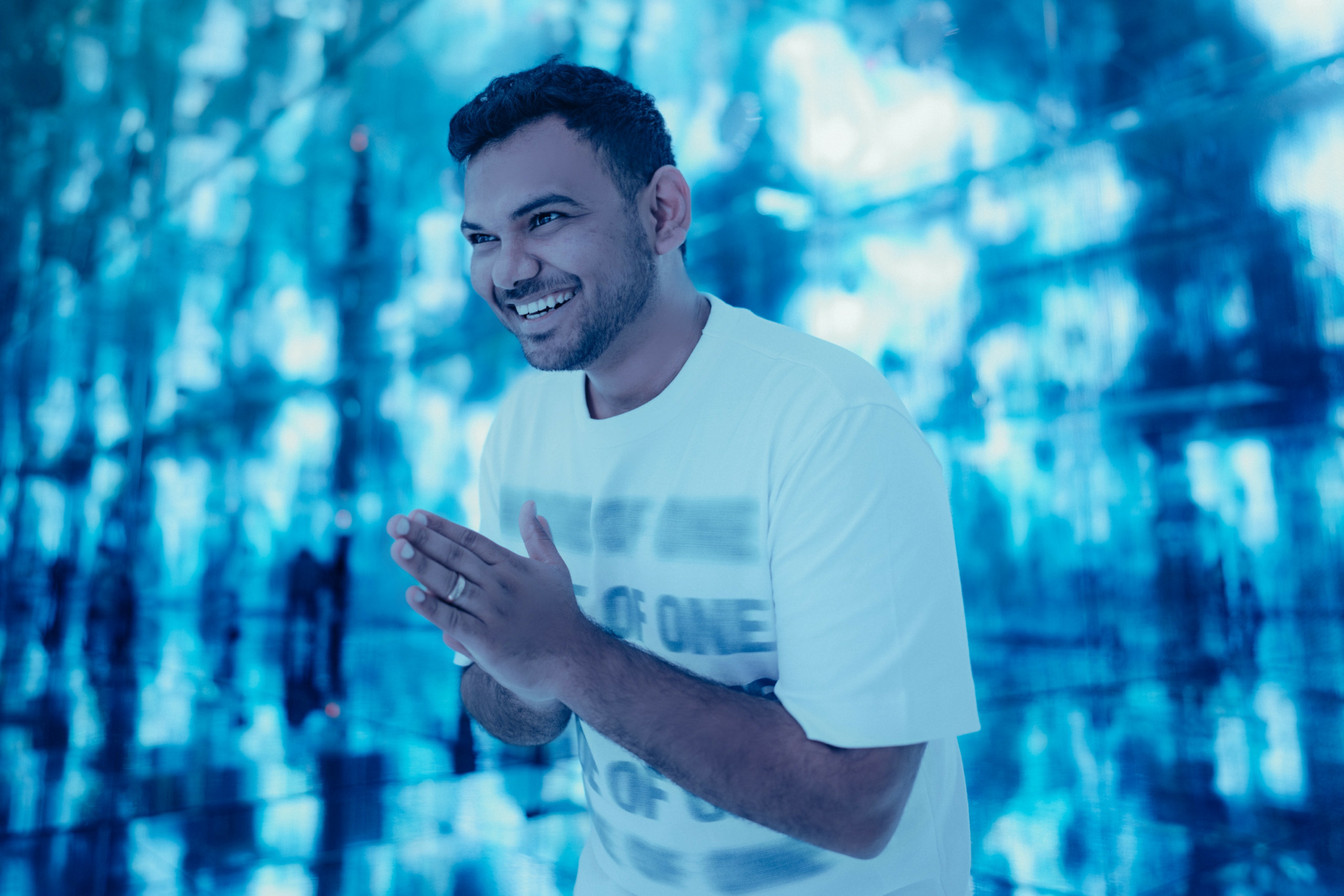
Contact Info:
- Website: www.ajinkyah.com
- Instagram: https://www.instagram.com/mr.hukerikar/
- Linkedin: https://www.linkedin.com/in/ajinkyahukerikar/


